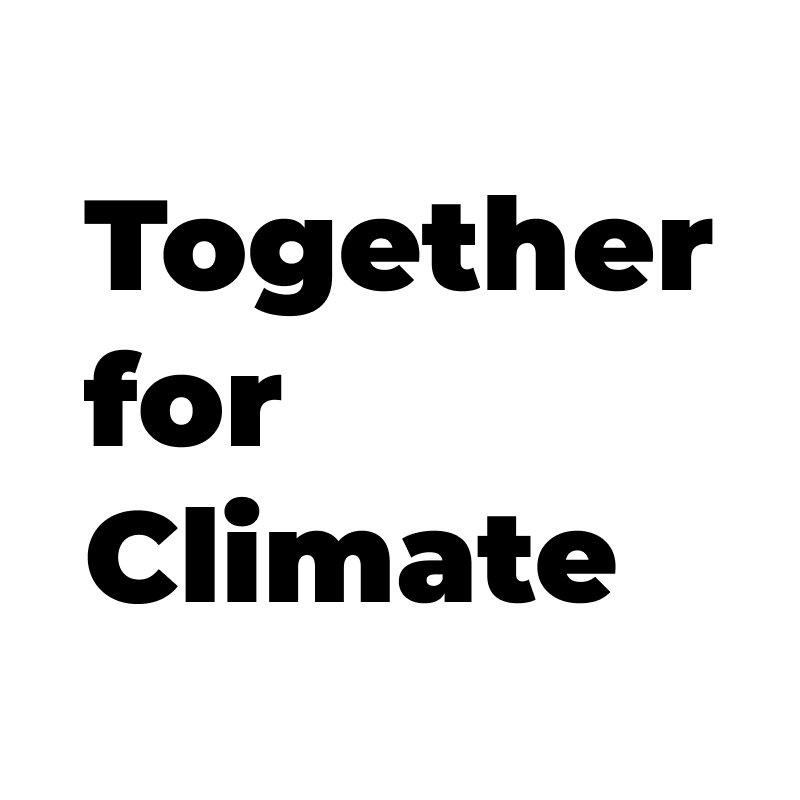"How to Avoid a Climate Disaster: The Solutions We Have and the Breakthroughs We Need" by Bill Gates
"How to Avoid a Climate Disaster: The Solutions We Have and the Breakthroughs We Need" by Bill Gates is a pragmatic look at the challenge of climate change combined with a clear blueprint for how to tackle the impending environmental crisis. Gates, co-founder of Microsoft and a prominent philanthropist with significant investments in technology and health, draws upon his experience in innovation and problem-solving to propose a plan to reduce greenhouse gas emissions to zero by 2050. The book outlines a comprehensive strategy that blends technology, policy, and market mechanisms. Here are the main takeaways from the book:
Understanding the Scope of the Problem: Gates begins by setting the stage with current facts about climate change, emphasizing the scale of the problem. He highlights that humans release 51 billion tons of greenhouse gases into the atmosphere every year. The goal, he asserts, is to reduce this number to zero to avoid a climate catastrophe.
The Role of Technology: Central to Gates's argument is the role of technology in addressing climate change. He argues that while existing technologies can help reduce emissions, breakthrough innovations are essential in energy, agriculture, manufacturing, and transportation sectors. Technologies like advanced nuclear reactors, electric vehicles, and synthetic biology to make carbon-neutral fuels are particularly emphasized.
Economic and Policy Tools: Gates discusses how economic incentives and government policies are crucial to fostering innovation and adoption of clean technologies. He proposes carbon pricing, whether through taxes or cap-and-trade systems, as essential tools to internalize the environmental cost of emissions. He also stresses the importance of government funding for research and development in new clean technologies.
Global Cooperation: Recognizing the global nature of the problem, Gates calls for international cooperation. He points out that climate change affects countries disproportionately and that wealthier nations should help developing countries leapfrog to cleaner technologies by providing financial and technological support.
Adaptation Measures: While much of the book focuses on mitigation, Gates also addresses the need for adaptation strategies to protect vulnerable communities from the immediate impacts of climate change. He highlights how innovation can also lead to better adaptation measures, such as improved infrastructure, agricultural practices, and emergency response systems.
Personal Responsibility and Activism: Gates encourages individuals to take action by educating themselves about climate change, advocating for policies that address the issue, and making personal choices that reduce their carbon footprint. However, he emphasizes that systemic change driven by policy and innovation will have the most significant impact.
Optimism About the Future: Despite the grave warnings, Gates remains optimistic about the ability to avoid a climate disaster. He believes that with the right mix of policies, technologies, and market changes, transitioning to a zero-carbon future is an achievable goal.
In summary, Bill Gates's "How to Avoid a Climate Disaster" provides a thorough analysis of the climate challenge ahead, paired with a hopeful perspective on the solutions. His approach combines a deep trust in technology's power to solve big problems with a call for more robust global policies and economic mechanisms to drive change. This book serves as a call to action for leaders, policymakers, and individuals to take part in the urgent work of saving the planet.
If you enjoyed this summary, we encourage you to read the full book. More information about it can be found here.
